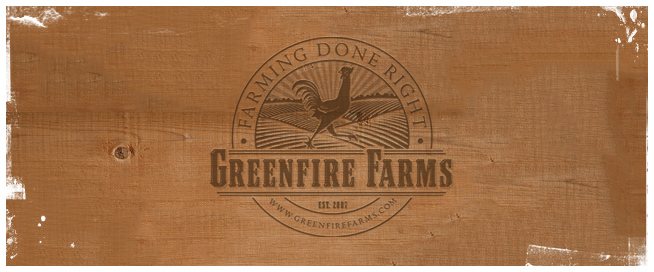This endangered Belgian game fowl is striking in appearance and is also the cousin to the well-known Liege Fighter. The Bruges Fighter has a fierce appearance but is generally friendly toward people.
| Item | 1+ | Quantity |
|---|---|---|
| Bruges Fighter Day-Old Chick Unsexed | 59.00 | |
| Bruges Fighter Eggs | 14.00 | Sold Out |
Breed History
The Bruges Fighter, or as the French say, le Combattant de Bruges, has a fascinating history. It is the oldest of the three native Belgian game fowl breeds having emerged in the early 1800s near the town of Bruges in northwest Belgium. Bruges, located along the coast near the English Channel, was a focal point of trade for centuries and convenient to nearby France, the Netherlands, and England. It was a melting pot for chicken genetics throughout this region of Europe, and some magical combination of genes more than two centuries ago was combined to create what many consider the ultimate game fowl, the Bruges Fighter. For hundreds of years le Combattant de Bruges has been regaled for its courage and strength in the cockpits of Europe where they fought with their natural spurs unlike their American cousins that use manmade steel spurs.
The Bruges Fighter is endangered in their native Belgium. A recent census put the total global population at about 200 birds. Here’s your chance to add an amazing breed to your flock while you simultaneously help save it from extinction.
Appearance and Behavior
These birds can have a mix of metallic color in their feathers, often set off by deeply black fibromelanistic skin. (If you like the Ayam Cemani with its similar skin color, you’ll love the Bruges Fighter.) While Bruge Fighters are bred for combat with other chickens, we have found they quicky adapt and seem to enjoy handling by humans. Their confidence allows them to be easily tamed with no need to display aggression toward their keepers. The roosters do a very good job of protecting the flock. If you have problems with hawks or owls, having a Bruges Fighter in your flock is a good idea. The roosters normally stay on high alert and are apt at defending the hens.
This breed is large - they have long necks, long legs, and very strong, muscular bodies with compact feathering. They don't have lots of fluff. Roosters normally weigh between 10 to 12 pounds and the hens normally weigh between 7 to 8 pounds. They tend to be very active but not very flighty. Your perches should be placed no higher than 3' from the ground. Any higher than that and you risk injury to the birds. As when they jump down from the perch they can hurt their legs, hips, or back upon impact with the ground.
Since these birds are so large it is important that you consider that when trying to add new birds to an existing flock. If you want to add the Bruges Fighter to your flock, the introduction should be monitored closely. Same goes for if you are trying to add birds to an existing Bruges Fighter flock. You should expect birds to fight until they establish the hierarchy. We have found that introducing young males, before they reach full size and weight, helps tremendously with the integration.
The hens do go broody during the spring and summer and they are serious about it. You will be pecked repeatedly when trying to collect eggs from a broody hen.
Breed Standard
We have found records that there was a standard created in 1909, however, we couldn't find that standard. What information we have found about the breed states that they should have a small comb characterized by three ridges, so something that resembles a pea comb. They should have black or slate-blue legs and dark eyes. They sometimes will have wattles but they are normally very small. A few sources claim that there are 17 reported colors of this breed and those are as follows: (1) black, (2) white, (3) blue, (4) black with golden hackle, (5) black with silver hackle, (6) blue with golden hackle, (7) blue with silvery hackle, (8) black with silver hackle and bordered chest, (9) black with golden hackle and bordered chest, (10) blue with golden hackle and breast edging, (11) blue with silver hackle and rimmed breast, (12) golden salmon, (13) silver salmon, (14) salmon golden blue, (15) salmon blue silver, (16) silver salmon with red shoulder, and (17) shouldered silver-blue salmon red.
Here you can read about the history of gamefowl breeds, which outlines some of the differences between the Bruges and the Liege Fighter - History of Belgian Gamefowl Breeds. As well as this article - Belgian Game: Origin and Characteristics
Hatching Eggs
We incubate at 99.5F and 55% humidity. Normally we see about an 80% hatch rate from eggs that have been placed into our hatcher. You may notice a variety of colors in the chicks you hatch and that is normal! 1 to 2 eggs from the hatch, typically need an extra day in the hatcher before they are fully fluffed up and dry. If eggs haven't hatched by day 22, they typically do not hatch.
Notes
We successfully imported 4 lines of Bruges Fighter in 2021. Our breeding flock now is a blend of all 4 lines. We are seeing the majority of the offspring produced right now is black, but we are also seeing other colors in a few numbers as well. Only a small portion of offspring being produced right now have the fibromelanistic gene (black skin) but we are working to increase that.
The Bruges Fighter, or as the French say, le Combattant de Bruges, has a fascinating history. It is the oldest of the three native Belgian game fowl breeds having emerged in the early 1800s near the town of Bruges in northwest Belgium. Bruges, located along the coast near the English Channel, was a focal point of trade for centuries and convenient to nearby France, the Netherlands, and England. It was a melting pot for chicken genetics throughout this region of Europe, and some magical combination of genes more than two centuries ago was combined to create what many consider the ultimate game fowl, the Bruges Fighter. For hundreds of years le Combattant de Bruges has been regaled for its courage and strength in the cockpits of Europe where they fought with their natural spurs unlike their American cousins that use manmade steel spurs.
The Bruges Fighter is endangered in their native Belgium. A recent census put the total global population at about 200 birds. Here’s your chance to add an amazing breed to your flock while you simultaneously help save it from extinction.
Appearance and Behavior
These birds can have a mix of metallic color in their feathers, often set off by deeply black fibromelanistic skin. (If you like the Ayam Cemani with its similar skin color, you’ll love the Bruges Fighter.) While Bruge Fighters are bred for combat with other chickens, we have found they quicky adapt and seem to enjoy handling by humans. Their confidence allows them to be easily tamed with no need to display aggression toward their keepers. The roosters do a very good job of protecting the flock. If you have problems with hawks or owls, having a Bruges Fighter in your flock is a good idea. The roosters normally stay on high alert and are apt at defending the hens.
This breed is large - they have long necks, long legs, and very strong, muscular bodies with compact feathering. They don't have lots of fluff. Roosters normally weigh between 10 to 12 pounds and the hens normally weigh between 7 to 8 pounds. They tend to be very active but not very flighty. Your perches should be placed no higher than 3' from the ground. Any higher than that and you risk injury to the birds. As when they jump down from the perch they can hurt their legs, hips, or back upon impact with the ground.
Since these birds are so large it is important that you consider that when trying to add new birds to an existing flock. If you want to add the Bruges Fighter to your flock, the introduction should be monitored closely. Same goes for if you are trying to add birds to an existing Bruges Fighter flock. You should expect birds to fight until they establish the hierarchy. We have found that introducing young males, before they reach full size and weight, helps tremendously with the integration.
The hens do go broody during the spring and summer and they are serious about it. You will be pecked repeatedly when trying to collect eggs from a broody hen.
Breed Standard
We have found records that there was a standard created in 1909, however, we couldn't find that standard. What information we have found about the breed states that they should have a small comb characterized by three ridges, so something that resembles a pea comb. They should have black or slate-blue legs and dark eyes. They sometimes will have wattles but they are normally very small. A few sources claim that there are 17 reported colors of this breed and those are as follows: (1) black, (2) white, (3) blue, (4) black with golden hackle, (5) black with silver hackle, (6) blue with golden hackle, (7) blue with silvery hackle, (8) black with silver hackle and bordered chest, (9) black with golden hackle and bordered chest, (10) blue with golden hackle and breast edging, (11) blue with silver hackle and rimmed breast, (12) golden salmon, (13) silver salmon, (14) salmon golden blue, (15) salmon blue silver, (16) silver salmon with red shoulder, and (17) shouldered silver-blue salmon red.
Here you can read about the history of gamefowl breeds, which outlines some of the differences between the Bruges and the Liege Fighter - History of Belgian Gamefowl Breeds. As well as this article - Belgian Game: Origin and Characteristics
Hatching Eggs
We incubate at 99.5F and 55% humidity. Normally we see about an 80% hatch rate from eggs that have been placed into our hatcher. You may notice a variety of colors in the chicks you hatch and that is normal! 1 to 2 eggs from the hatch, typically need an extra day in the hatcher before they are fully fluffed up and dry. If eggs haven't hatched by day 22, they typically do not hatch.
Notes
We successfully imported 4 lines of Bruges Fighter in 2021. Our breeding flock now is a blend of all 4 lines. We are seeing the majority of the offspring produced right now is black, but we are also seeing other colors in a few numbers as well. Only a small portion of offspring being produced right now have the fibromelanistic gene (black skin) but we are working to increase that.
| Egg Color | tinted |
| Egg Size | Large |
| Average number of eggs per year | 150 |
| Gamefowl | yes |
| Country of Origin | Belgium |
| Also called | Brugse Vechter |
| Cold tolerant | yes |
| Year of import(s) | 2021 |
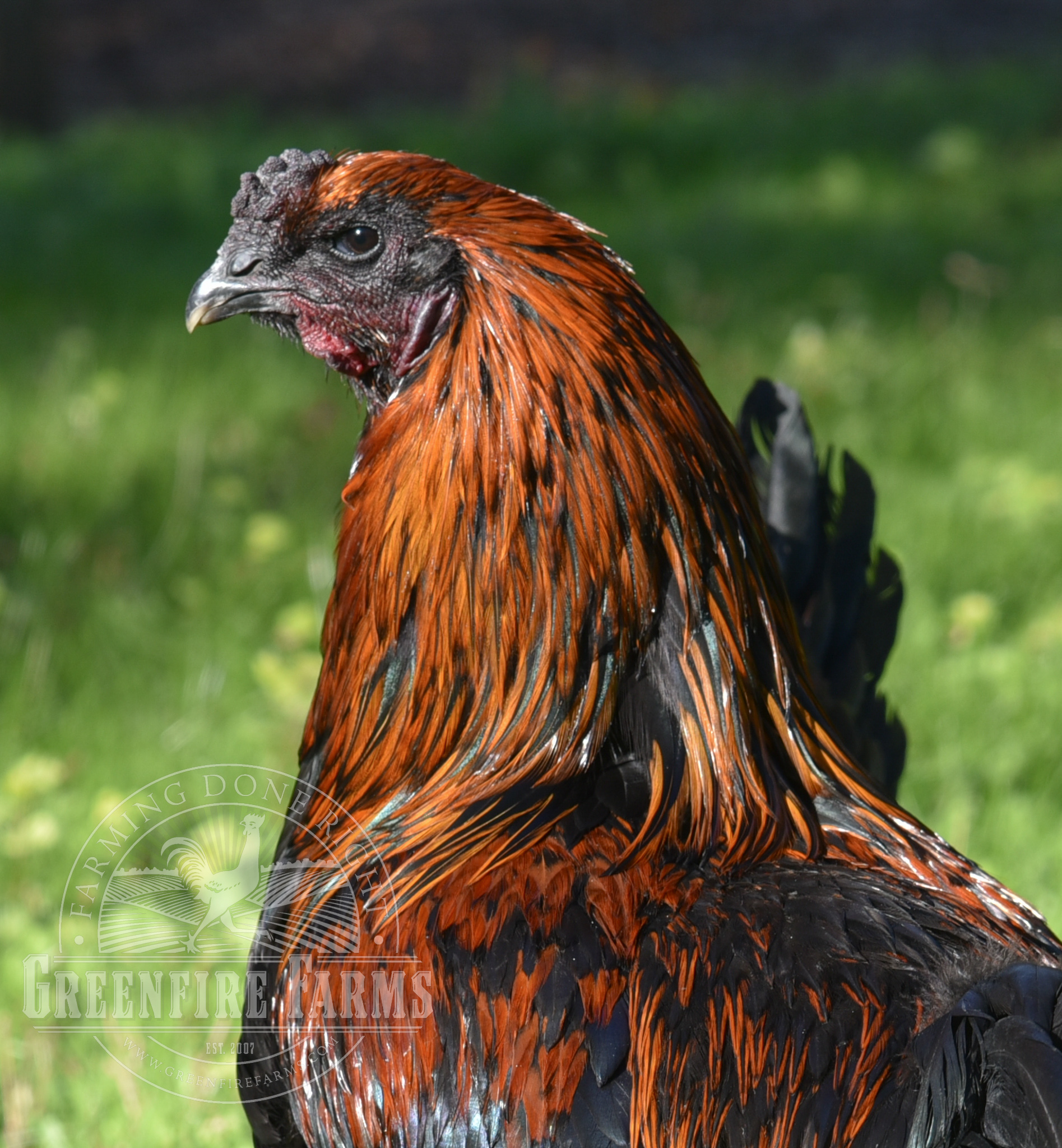
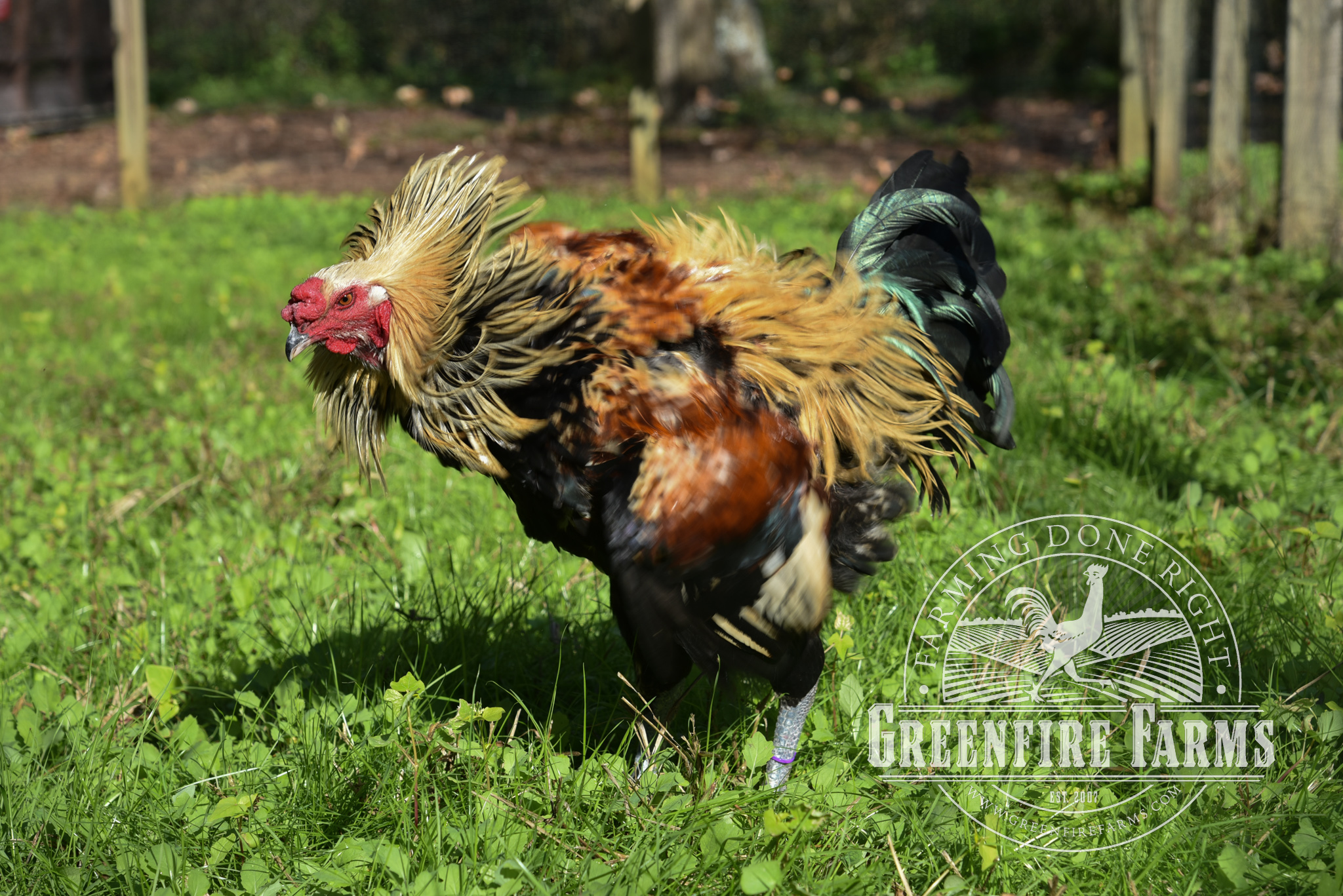

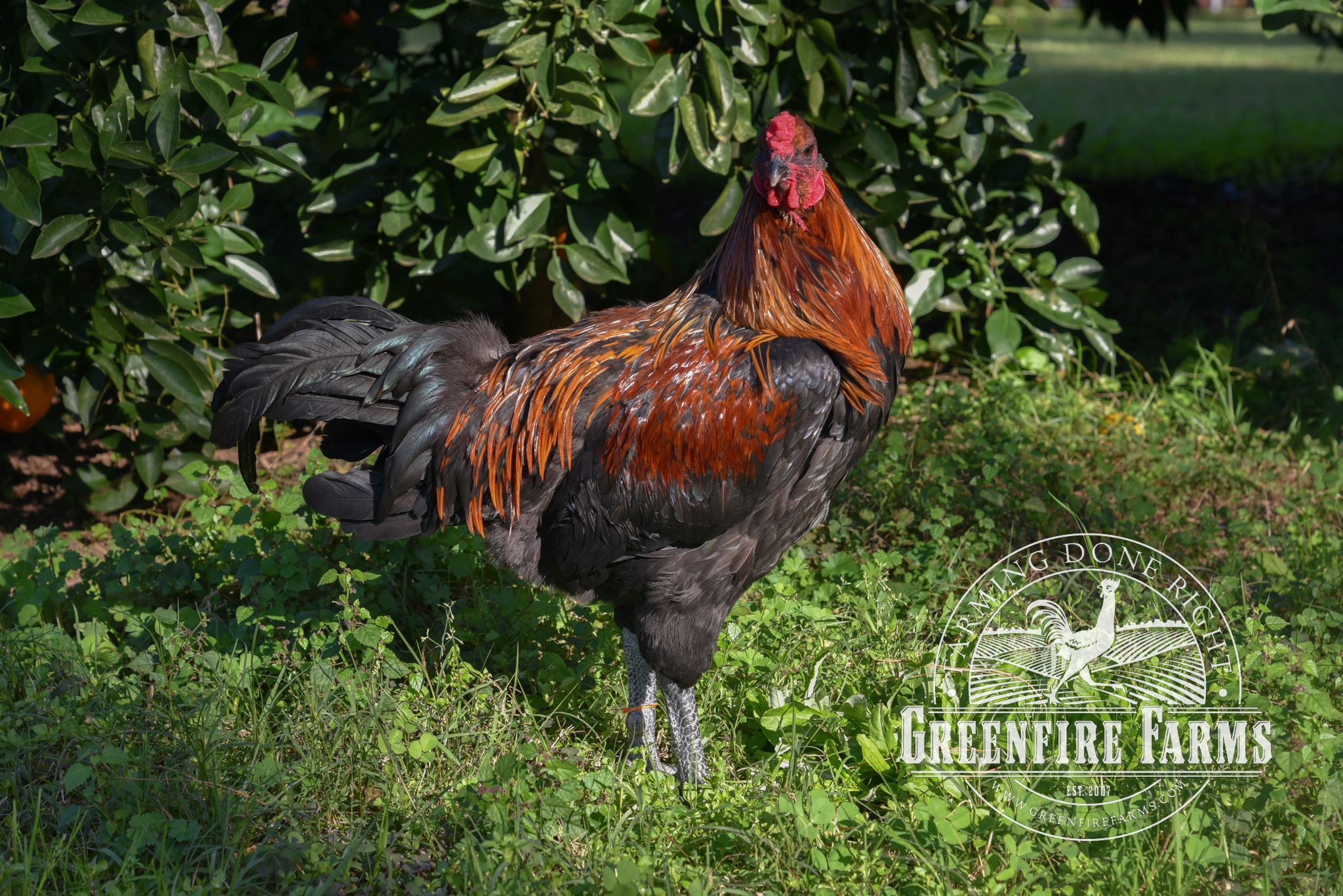
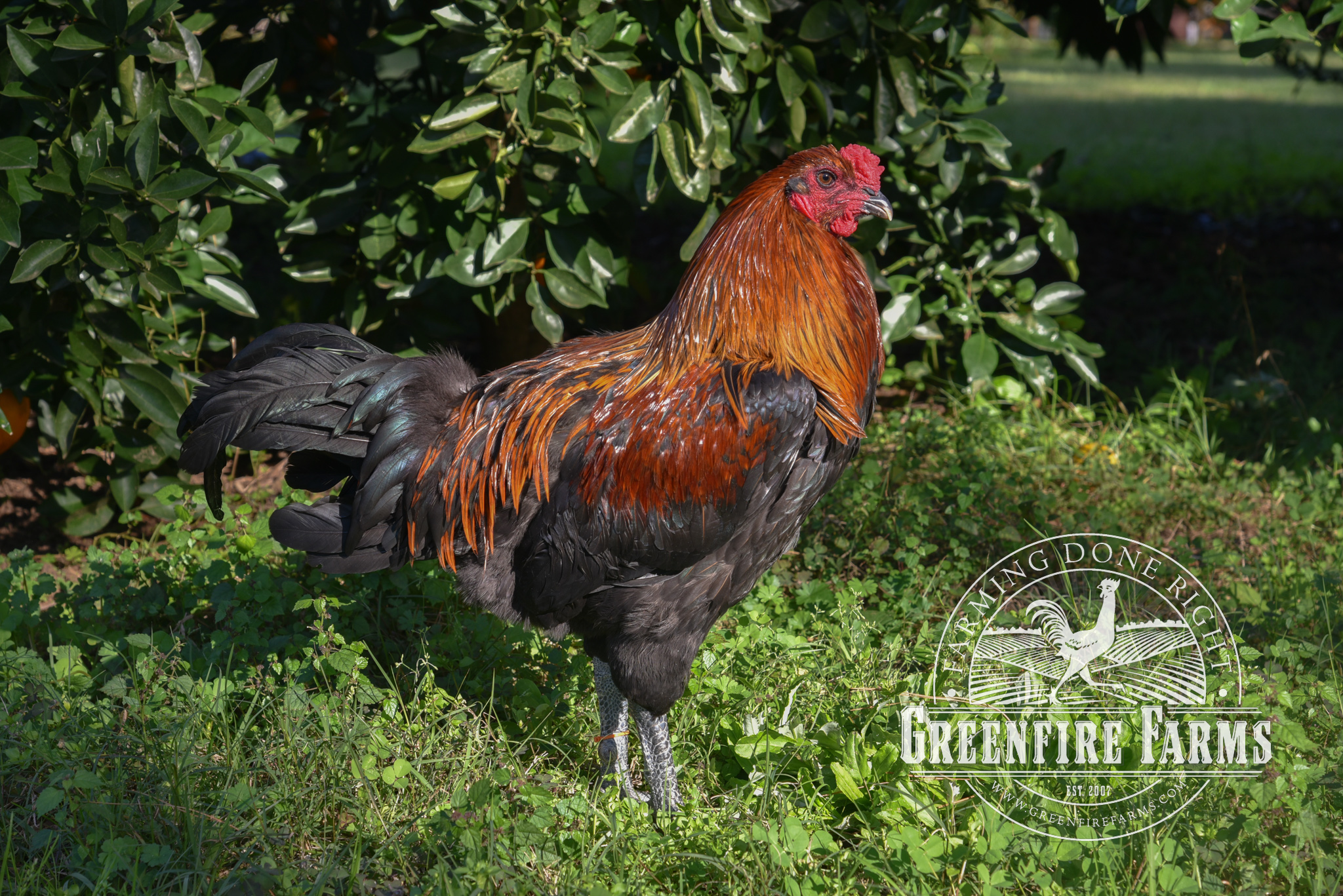


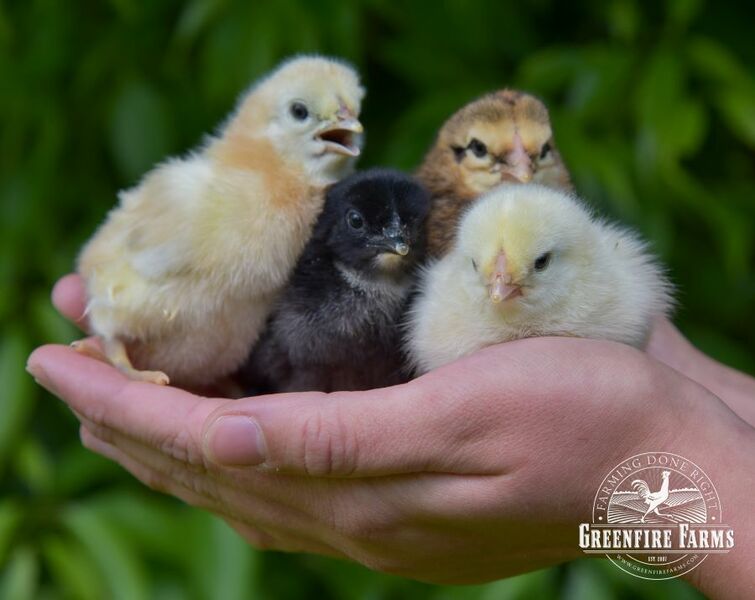
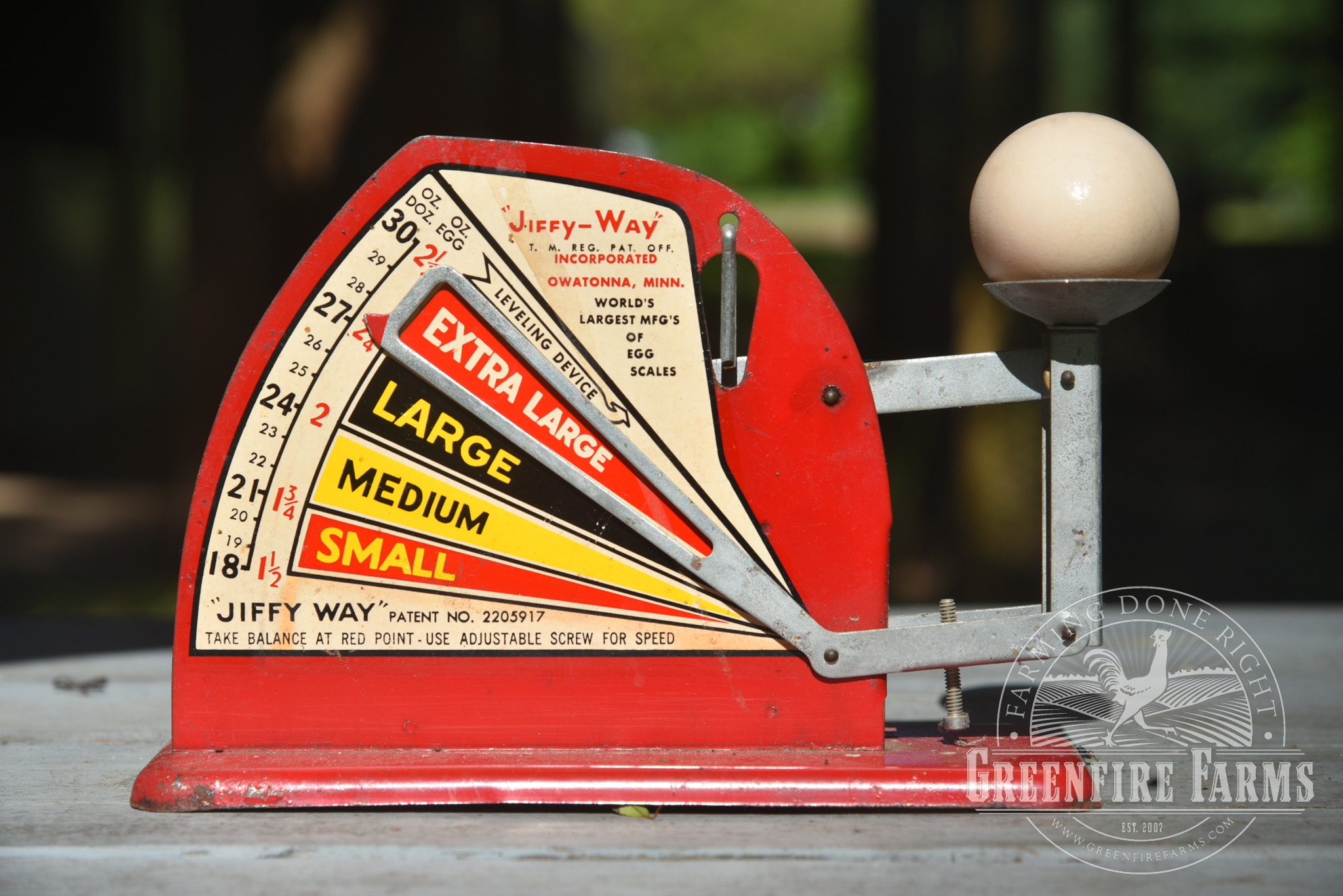

 Cart:
Cart: 

